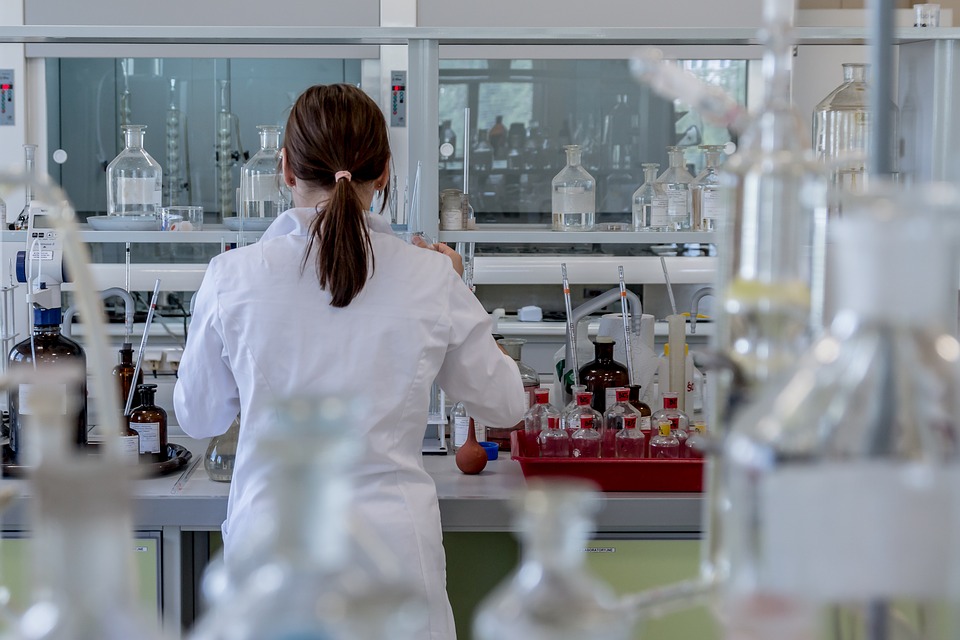Picture this: a land where the rivers flow with wit and the skies are painted with creativity. Ireland is well known for the best whiskey on the planet and the all-healing elixir – a microwaved 7UP! But amidst its rolling hills and lively pubs, Ireland is undeniably also home to some of the brightest minds of the century.
Ireland’s contributions to science and innovation are indeed remarkable and diverse. From pioneering breakthroughs in nuclear physics to advancements in regenerative medicine and cutting-edge technologies, Irish scientists and researchers have left a lasting impact on various fields.
Ireland can arguably be called the birthplace of modern chemistry. It is also home to several scientific breakthroughs like Beaufort scale (used to measure and scale wind speed), seismology, Milk of Magnesia, the modern meat curing system, intravenous therapy (used to cure diseases like Malaria), the induction coil, Quaternion Theory (an extension of complex numbers), the proof of Greenhouse Gas Theory, and the Kelvin Scale itself. We shall now delve into the tapestry of Irish ingenuity, where tradition and innovation harmoniously coalesce to shape the future.
Let us start with the 1930s when James Joseph Drumm, an Irish chemist, built the Drumm Battery, now, more widely known as the nickel-zinc battery; in effect the first electrolytic system any student of electrochemistry will come across. Though first invented and patented in the US, it was later developed by the Irish engineer and installed in a railcar (similar to the Dart), and was set for use on the Dublin–Bray line, consequently obviating the need for petrol-fuelled railcars. But Drumm didn’t stop there. He then started his research on alkaline cells, which then led to Thomas Edison building the first iron-nickel alkaline battery. These replaced the comparatively inefficient lead batteries at the time.
At around the same time, Irish physicist Ernest Walton (a Trinity Foundation Scholar), along with British physicist John Cockcroft, conducted pioneering experiments in nuclear physics. They designed and conducted experiments to study the nature and structure of matter on a subatomic scale, which led them to experimentally verify atomic structure theories, like Rutherford’s model of the atom. They collaborated to build an apparatus (somewhat similar to the later Stanford Linear Accelerator Centre or the CERN’s Hydron Collider) that shot a stream of protons – accelerated using a high-voltage tube – towards the nuclei of lithium atoms, resulting in their schism. Indeed, the splitting of the lithium nuclei subsequently led to the production of helium nuclei. This was a pivotal step in the development of nuclear energy. Not only did their discovery lead them to be awarded the Nobel Prize in Physics in 1951, but it is also one which arguably still lies at the cornerstone of modern nuclear physics, 70 years on.
As I mentioned at the start of the article, Ireland has made quite a lot of contributions to the field of medicine. BSE (Bovine Spongiform Encephalopathy), otherwise known as mad cow disease was notoriously perilous, killing thousands of cows and devastating many farming communities. In response, Irish scientists, including researchers at the Central Veterinary Research Laboratory (Kildare), were involved in studies related to BSE. Their research proved crucial to understanding the disease’s origin, transmission, prevention, and effect on humans, thus leading to improved safety measures in the cattle industry. Research continues even now into improved methods of identifying disease-causing organisms, and identifying strains such as tuberculosis, BSE, and Porcine Reproductive respiratory Syndrome.
Finally, multiple Irish ventures were essential to the development of 21st century scientific innovations. For example, SolarPrint – a Dublin-based renewable energy company – commercialised solar cells that could be integrated into windows and other surfaces, and which used an organic dye to absorb sunlight. OxyMem – an Athlone-based company – have used Membrane Aerated Biofilm Reactor (‘MABR’ – i.e., wastewater treatment processes that increase the energy efficiency and capacity of wastewater treatment plants) to reduce energy consumption in biological water treatment.
Similar initiatives have been taken by Irish agencies by the likes of FutureNeuro SFI (studying epilepsy, multiple sclerosis, and motor neuron disease), the Marine Institute (marine research, exploration, and marine renewable energy), the Regenerative Medicine Institute (‘REMEDI’ – regenerative medicine and stem cell research to find means to regenerate damaged tissues and develop novel therapies), and the INSIGHT SFI Centre (research in data science and artificial intelligence).






